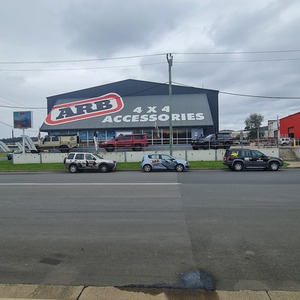Not sure why it's on sale, but it's nearly a historical low. These don't go on sale often, so it seems like a decent deal. And if it saves your life then even better ¯_(ツ)_/¯
Can be had at:
- CaravanMods $320
- Repco $349
- Anaconda $356. And I guess you could price match at Anaconda for $271 but I couldn't find stock in any stores near me.
-
The MT610G is a super-compact, lightweight PLB, offering an impressive 7-year battery life and a 6-year warranty. Featuring a ‘Non-Hazmat’ battery pack for ease of transport, the MT610G ensures you remain safe and connected, wherever life takes you.
Featuring an integrated 72 channel GPS receiver, zero warm-up time, high-intensity LEDs, IP68 Ingress Protection, and an inherently buoyant design, the compact size of the MT610G has not compromised the safety features included.
The MT610G is designed to meet and exceed the latest international standards and is Cospas-Sarsat Class 2 certified.
GME is the only Australian manufacturer of emergency beacons and has been designing, engineering, and manufacturing EPIRBs and PLBs for over 30 years. In that time our beacons have been used to save hundreds of lives around the world.
The MT610G offers enhanced peace of mind for bushwalkers, 4WDers, remote workers, and aviators alike.


Does it require a subscription?